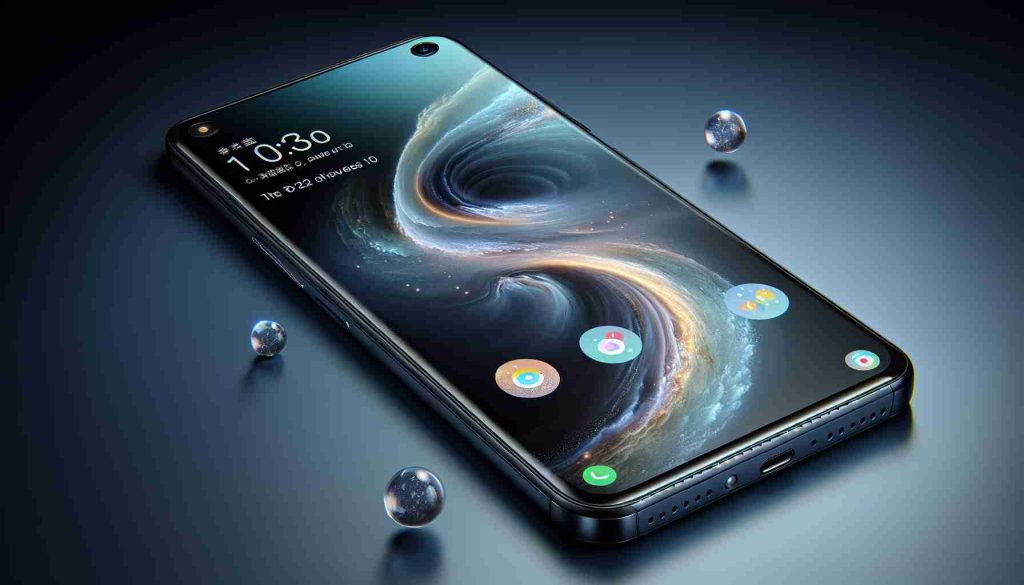In a recent report, GfK/NIQ Japan has projected the global smartphone market trends based on retail sales data from approximately 60 countries. The analysis covers the period from April to June 2024 and includes future sales forecasts, which were announced on September 5, 2024.
The month of April to June 2024 saw a notable increase in global smartphone sales, with a 4% rise compared to the previous year. This follows a positive trend seen in the first quarter of the year, showcasing that the lower-priced devices are leading market growth. Emerging markets, particularly those recovering from a significant downturn last year, contributed to this upward trend.
The sales growth was particularly strong in the budget segment, with devices priced under USD 250 showing remarkable gains. Meanwhile, the mid-range sector (USD 250-500) continued to experience declines, while high-end smartphones (priced above USD 500) sustained positive sales compared to the previous year. Notably, devices over USD 800, featuring cutting-edge technologies like foldable designs and advanced AI, performed exceptionally well.
Looking ahead, the forecast for the latter half of 2024 suggests a slowdown in growth rates. Analysts anticipate a modest overall increase in sales for the year, while expectations for 2025 remain stable, considering potential economic recovery and easing inflation. However, regions experiencing significant growth in 2024 may face challenges as they adjust to changing market dynamics.
Global Smartphone Sales Trends for 2024: New Insights and Projections
As the global smartphone market evolves, understanding the latest trends and projections is essential for stakeholders across the industry. Detailed reports recently reveal important insights about anticipated changes in the smartphone landscape for 2024, emphasizing the adaptations necessary for competive growth.
What are the emerging trends in the smartphone market for 2024?
One of the key trends in 2024 is the increasing emphasis on sustainability and eco-friendly practices. Manufacturers are increasingly incorporating recycled materials into their devices and focusing on energy-efficient technologies. This shift responds to growing consumer preferences for sustainable products, likely influencing purchasing decisions.
Additionally, 5G adoption continues to gain momentum, particularly in regions where infrastructure is expanding. Analysts predict that by the end of 2024, over 50% of global smartphone users will have devices capable of connecting to 5G networks, further driving demand for new devices capable of leveraging this technology.
What are the primary challenges faced by the smartphone industry?
A significant challenge revolves around supply chain disruptions, particularly in response to geopolitical tensions and fluctuating materials costs. Semiconductor shortages, which have impacted myriad sectors, continue to hinder production capabilities, potentially leading to increased prices and limited availability for consumers.
Another challenge is market saturation, especially in developed markets where most consumers already possess smartphones. To counter this, manufacturers may focus on enhancing features or introducing trade-in programs to entice upgrades.
What are the advantages and disadvantages of the current smartphone sales trends?
Advantages:
– Diverse Offerings: Consumers benefit from a broader range of options, from budget-friendly devices to high-end models with premium features.
– Technological Innovation: Increased competition stimulates innovation, leading to faster adoption of new technologies such as AI, AR, and 5G.
Disadvantages:
– Price Sensitivity: As the economy fluctuates, affordability remains a concern for many consumers, impacting their purchasing power.
– Environmental Impact: Despite advancements in sustainability, the high turnover of devices contributes to electronic waste, raising environmental concerns.
What controversies are emerging in the smartphone industry?
One ongoing controversy involves the planned obsolescence of devices, wherein manufacturers intentionally limit a device’s lifespan or update capabilities, leading to consumer dissatisfaction and calls for legislation to ensure longer-lasting products.
Another area of contention is the privacy and security of personal data collected through smartphones. With increasing reliance on smart devices, concerns about data breaches and the ethical handling of user information remain at the forefront of consumer discussions.
In conclusion, as we move into the latter half of 2024, the global smartphone industry faces both opportunities and hurdles. Adapting to consumer demands for sustainability, navigating supply chain challenges, and addressing privacy concerns will be essential for ongoing growth and stability.
For further insights into mobile technology developments, visit Gartner and IDC.























